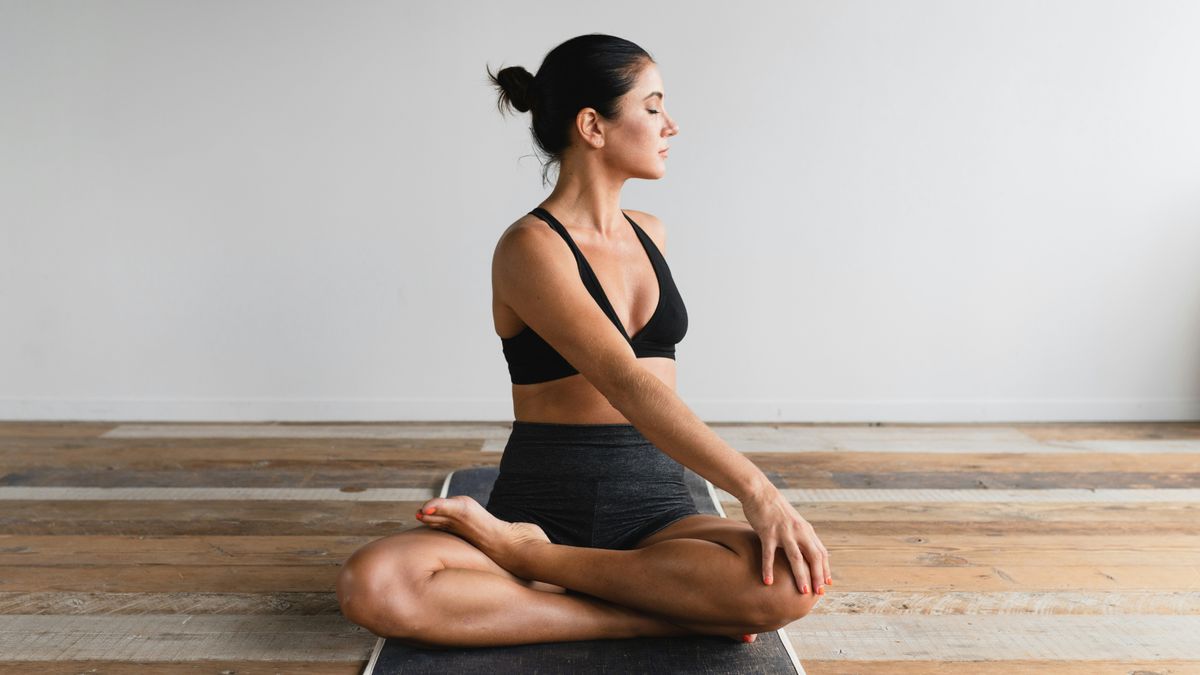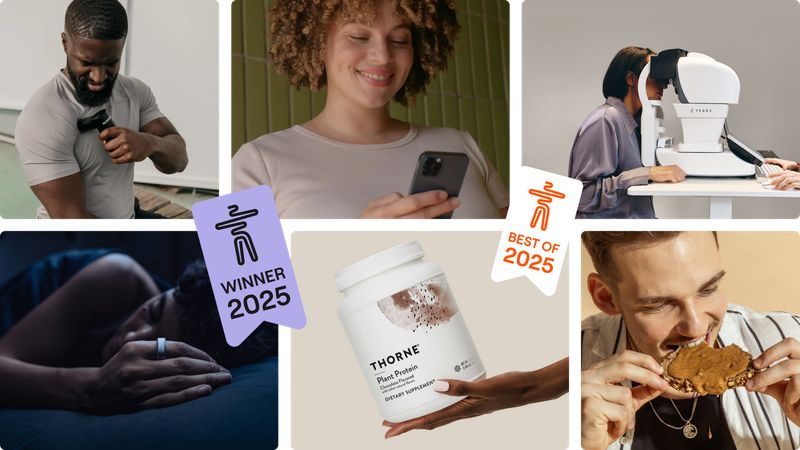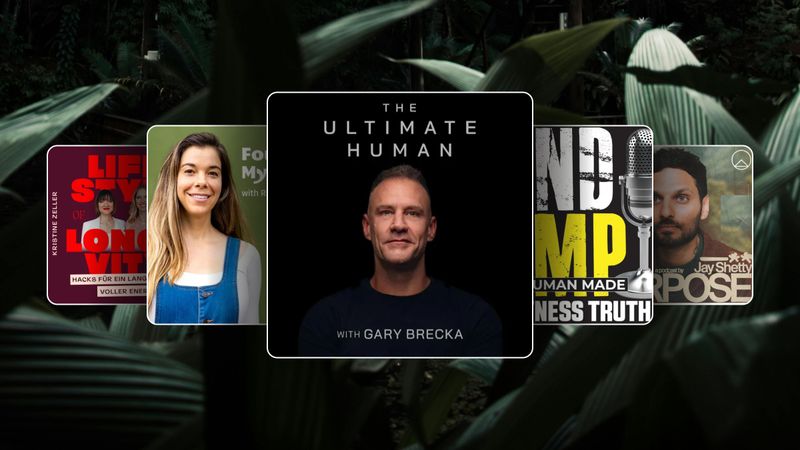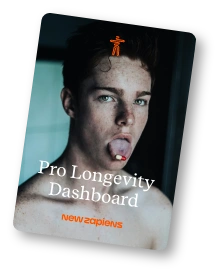Merging Science and Ancient Wisdom: A Truly Holistic Path to Wellness

Walking the Bridge Between Worlds
When sitting with someone seeking better health, it’s important to look beyond symptoms or lab results. Every person is unique, and real healing often happens at the intersection of modern science and timeless wisdom. My own journey, spanning alternative medicine, sound healing, coaching, and shamanic practice, has taught me that the most transformative results come from honoring both the latest research and the traditions our ancestors passed down.
In today’s world, a growing number of practitioners are bringing together functional medicine, nutrition, psychology, and holistic therapies. This multidisciplinary approach helps guide people toward true wellbeing; body, mind, and soul.
The Power of True Integration
Holistic wellness is not about ticking off a checklist. It’s about recognizing the dance between the physical, emotional, energetic, and spiritual layers of our being. Science shows that treating symptoms in isolation often misses deeper imbalances. But when we integrate nutrition, movement, sleep, stress management, emotional healing, and spiritual practice, we build resilience and nurture authentic joy.
Where Science Meets Symbolism
What makes a holistic approach unique is how it links scientific findings with deeper meaning. Most practitioners ask for test results. Test results, for example, can be seen not just as numbers, but as messages from the body and soul.
- Gut Lining & Boundaries: Issues with the gut lining might prompt questions about personal boundaries. Just as the gut protects the body from harm, healthy boundaries safeguard our emotional core. Healing the gut often involves learning to say “no” and protecting your energy.
- Inflammation & Emotional Heat: Chronic inflammation is rarely just physical. Emotional stress, anger, or unresolved hurt can fuel internal “heat.” Cool foods, meditation, and breathwork help, but so does honoring and releasing those emotions.
- Nutrient Deficiencies & Inner Nourishment: Low levels of B12 or vitamin D might reflect a need for deeper nourishment; not just in the body, but in the spirit. True replenishment comes from both food and self-compassion, creativity, and connection.
- Detoxification & Emotional Release: Detox is not only about removing toxins. It’s also about letting go of old emotions, beliefs, and habits that no longer serve us. Creating space physically and emotionally allows new, nourishing patterns to take root.
- Hormonal Imbalance & Life’s Cycles: Hormones regulate our rhythms and mirror our inner landscape. Adrenal fatigue or cortisol imbalances often arise when we’re stuck in overdrive. Restoring balance means honoring rest, nurturing the nervous system, and making space for renewal.
- Blood Sugar, Cholesterol & Emotional Flow: High blood sugar or cholesterol can reflect more than just diet. Are we struggling to metabolize “sweetness” in life, or holding onto old hurts? Alongside nutrition and movement, working with the emotional body can help release what blocks our flow.
- Liver Health & Unsettled Emotions: In many traditions, the liver is associated with anger and unprocessed emotion. Imbalances here can be an invitation to explore what needs expression, forgiveness, or transformation. Mindfulness and creative therapies can help “free the liver” on every level.
Whole-Person Wellness in Action
A truly integrative approach brings together evidence-based nutrition, targeted supplementation (guided by testing and clinical wisdom), joyful movement, restorative sleep, and stress management practices like mindfulness and breathwork. Emotional and spiritual healing, through sound, mantra, shamanic practices, or psychotherapy, can address trauma and foster deeper connection to self and spirit.
Community and collaboration are also key. By honoring the wisdom of each practitioner and the lived experience of every individual, we create a circle of support that empowers lasting change.
Understanding how deeply rooted issues might be linked to physical challenges revealed by testing can help people address these challenges on every level.
Sharing the Wisdom
This approach is not just for those seeking health; it’s also inspiring a new generation of practitioners. If you feel called to blend science with ancient wisdom, or to guide others on a truly holistic path, consider exploring training that emphasizes listening deeply and seeing the whole person.
True wellness is a journey, not a destination. It’s about honoring every part of ourselves, listening to the messages of the body, and weaving together the best of science and spirit. If you’re ready to walk this path, for yourself or as a guide for others, welcome to a new paradigm of healing.
Author: Ayse Kocak
Ayse Kocak is the Founder & CEO of PAAR London, specializing in holistic wellbeing and longevity. With over 25 years in healthcare leadership worldwide, she empowers individuals to optimize their vitality through personalized, science-based wellness and sound healing, collaborating with global experts for truly tailored solutions.




